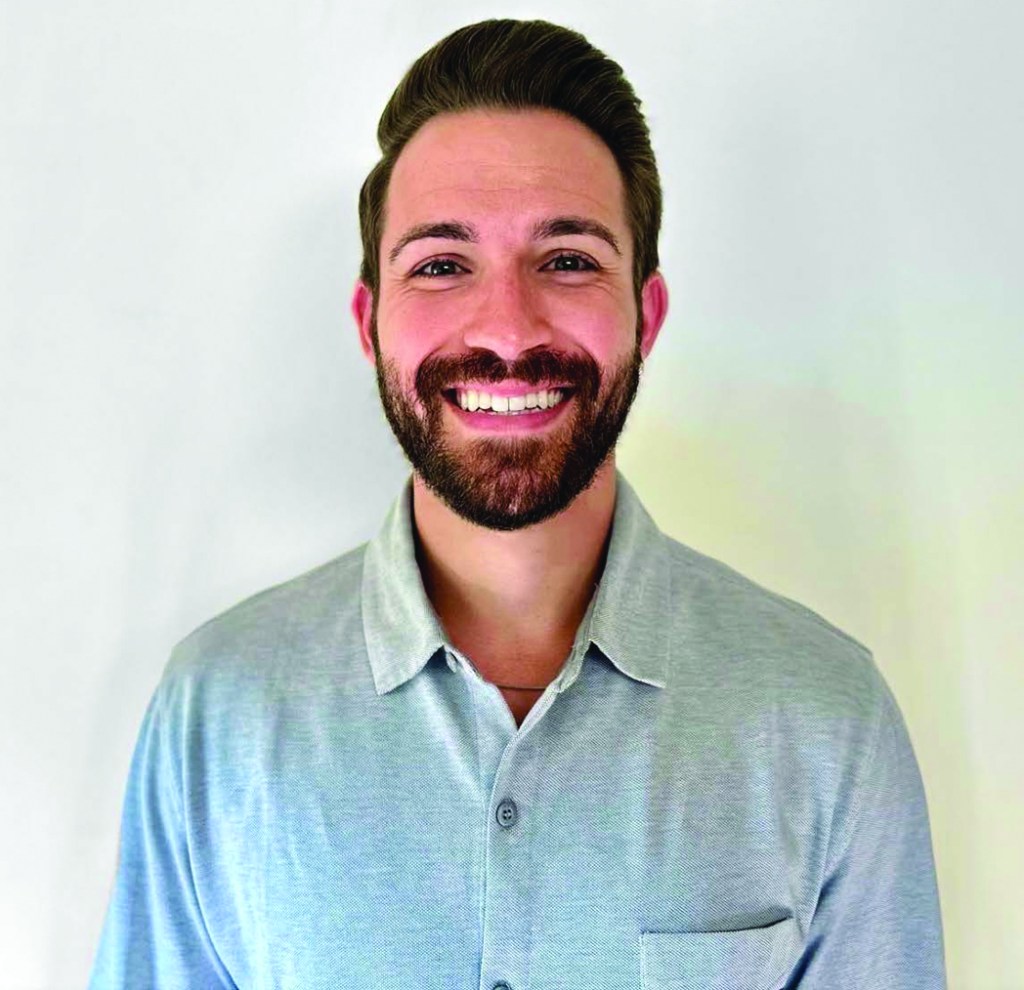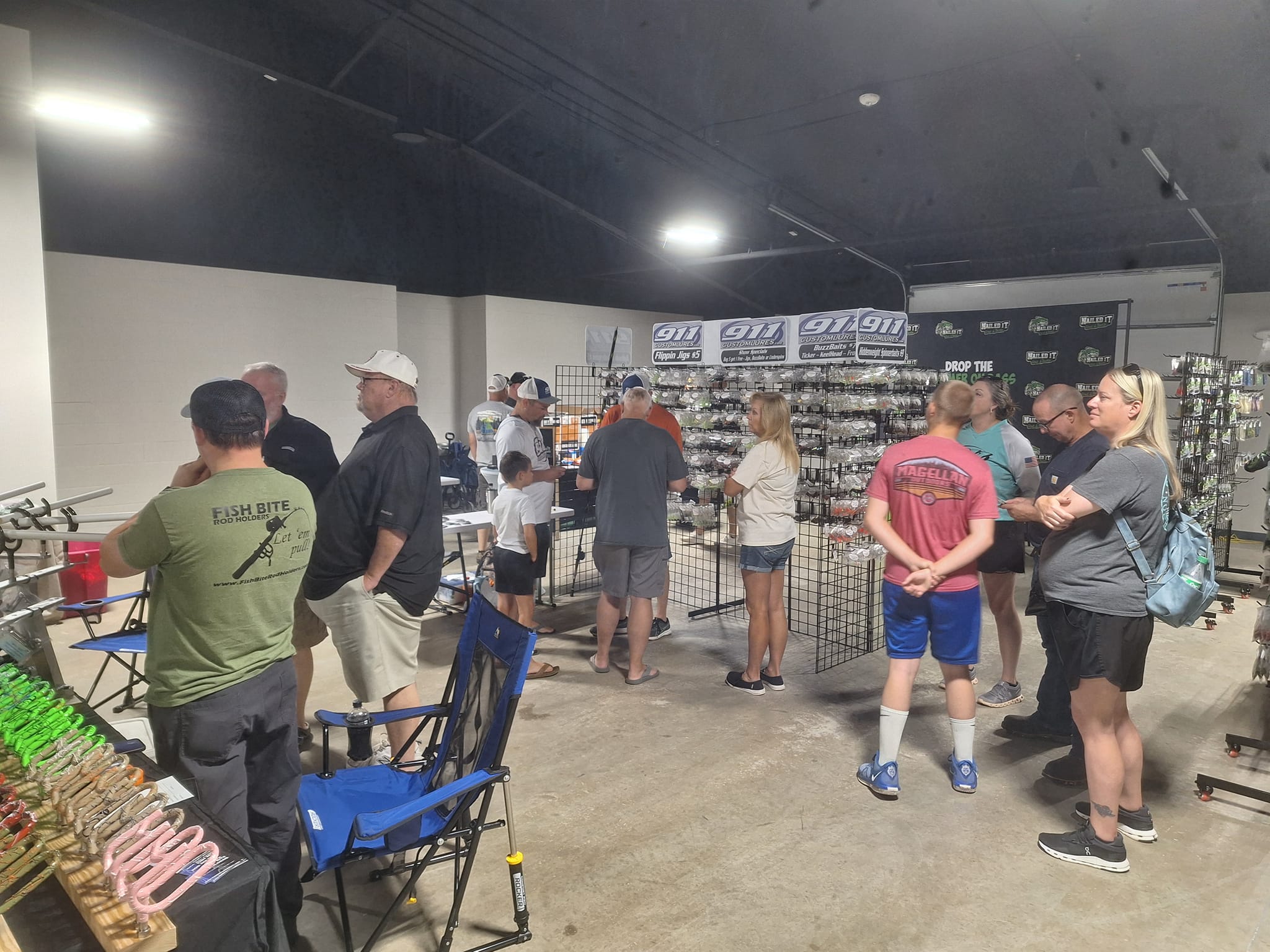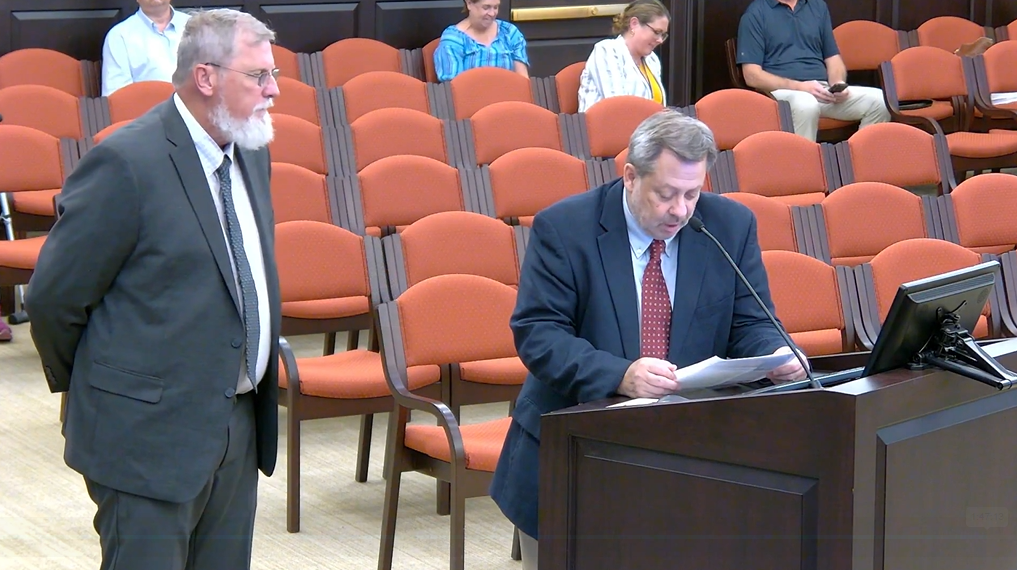Athlete discovers research at Pfeiffer
Published 10:10 am Sunday, June 23, 2024
|
Getting your Trinity Audio player ready...
|
By Ken Keuffel
Pfeiffer University
When Dr. Dillon Malloy (Class of 2017) played defense for the lacrosse team at Cuthbertson High School in Waxhaw, he performed so well in games that he attracted the attention of college recruiters. He was also a good student, so he never lost sight of what he ultimately wanted from a higher education.
“It wasn’t enough for me to want to go to a school and play,” he said. “I knew my next steps were always going to be academic-related.”
Pfeiffer University would fit the bill — albeit in an unexpected way.
Malloy earned a B.S. degree in Health and Exercise Science. Initially, he envisioned pursuing a doctoral degree in physical therapy.
However, while at Pfeiffer, Malloy would ultimately go down a different, more research-heavy path. This would culminate in his earning a Ph.D. in neuroscience from Drexel University College of Medicine in 2022. He’s now a Postdoctoral Research Fellow at Drexel, where his work examines the same subject that his doctoral thesis did, namely the use of noninvasive spinal cord stimulation for neural recovery following injury.
In July, he’ll join EY-Parthenon, Ernst & Young’s global strategy consulting arm, as a scientific consultant. In this role, he’ll help guide life sciences companies through several scenarios. For example, he might help a company decide which of the pharmaceuticals they have in development should be taken to clinical trials. Or, he may provide guidance for a merger or an acquisition that could help expand the “therapeutic area” for the development of a pharmaceutical or a medical device.
Malloy served as a part-time Consulting Fellow for Alacrita Consulting (2022-2023), gaining experience that helped him land the job at EY-Parthenon.
Malloy’s aspirations in the field of research began emerging in the summer following his sophomore year when he tore his ACL while playing in a men’s lacrosse league. The injury would keep Malloy sidelined until his senior year. He now views it as a blessing in disguise.
“Time constraints with practicing and playing wouldn’t have allowed as much time to do the research I needed to do, to get where I am now,” he said. “Because I could no longer practice and play, and my life was just rehab or research, I was able to spend a lot more time on research.”
Malloy, a Milton Rose Research Fellow at Pfeiffer and a member of its Honors Program, was getting therapy for the 18 months he couldn’t play lacrosse. During that time, he realized he was more interested in doing research than pursuing a clinical role as a physical therapist.
He got his first real taste of research while interning the summer after his sophomore year at the Carolinas Neuromuscular/ALS MDA Center of Atrium Health. While there, he worked with ALS patients on an exercise regime that included the use of a non-invasive ventilator to improve their lung capacity. He contributed to research showing that exercise can slow the progression of ALS and improve outcomes such as an ability to complete a six-minute walk test.
“There are no therapies that work for ALS,” Malloy said. “Exercise is one of the things that can help slow down the disease progression, not exponentially unfortunately, but it is something that helps.”
When Malloy returned to Pfeiffer after his internship, he continued his research activities in another area under the direction of Dr. Sherry Adams, a former assistant professor of health and exercise science. This research looked at the lingering effects of concussions at least a year after they had occurred.
“We were noticing that effects could still linger for individuals long after the clinical recovery and the technical return to play as an athlete,” Malloy said of the research’s findings. This included situations where subjects were misreading how hard they were working when they exerted themselves. They also experienced “more anxieties” around their exertions, fearing that they were working too hard.
By the time Malloy entered his doctoral program studies, he noticed that much of the research he had done so far was rooted in the nervous system. So, he decided to take a closer look at it.
“It controls your entire body,” Malloy said. “It controls your muscular system. It controls your ability to do exercise.”
The research he has done at Drexel rests on sending electrical currents via electrodes to the spinal cord of a paralyzed person so that their cells become active, especially motor neurons, which control muscles. Electrical currents spark muscle movement in the legs of people (or rats, in Malloy’s case). The ultimate hope is that such muscle movement can lead to a paralyzed person walking again.
Malloy cautioned that we’re still likely decades away from a scenario in which a completely paralyzed person, depending on the location and severity of spinal injury, can use a stimulator that enables them to walk fluently without any assistance.
However, “it is an extraordinary concept to think that someone who’s paralyzed can regain any type of movement in their paralyzed limbs,” Malloy said. “Where this research is exciting and impressive is the fact that the affected cells below the injury are still alive in the spinal cord and things are still functioning. They’re just lacking the correct or necessary amount of input. We can use electrical current to give them input that can hopefully help strengthen connections and perform any kind of functional improvements.”
As Malloy prepares to leave Drexel and its research opportunities behind at EY-Parthenon, he remains unfazed about the new challenges awaiting him.
“I am confident I’ll adjust to them,” he said. “Pfeiffer showed me I could do that.”






